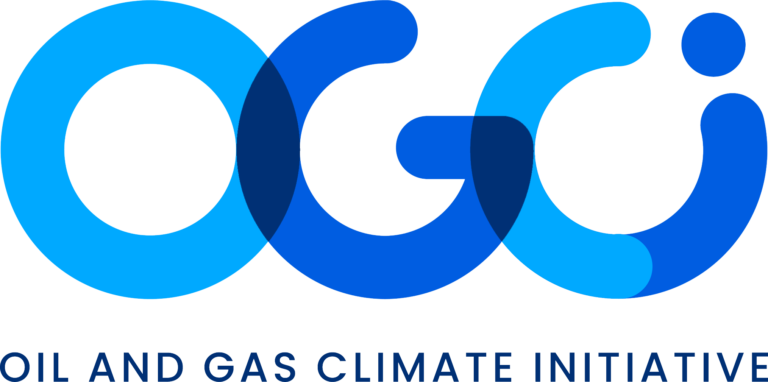Methane exhaust measurements at US gathering compressor stations
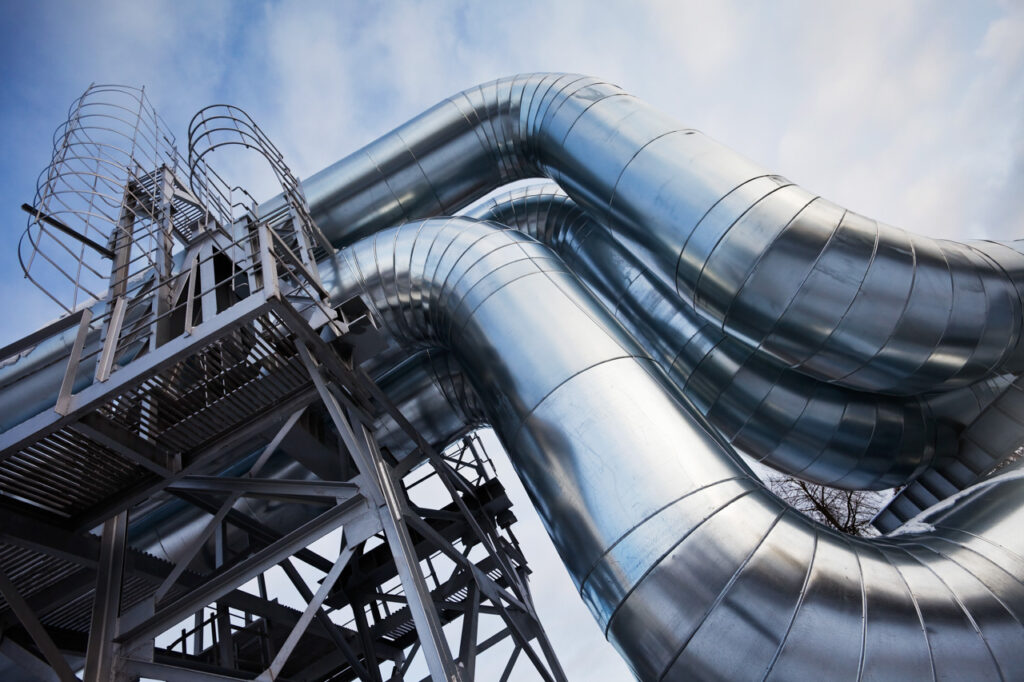
This study measured methane emissions from internal combustion engines used in natural gas compression at U.S. gathering and boosting stations. Researchers sampled 133 engines from 67 facilities across 11 states. Using a in-stack tracer gas method, they estimated combustion slip (methane that escapes during the combustion process) under normal conditions. The data was then used […]
Advanced methane technology alternative test method portal

EPA portal to submit requests for alternative test methods (ATM). ATM request has three primary pieces: 1) a document describing how your technology works, from first principles through the solution; 2) supporting documents demonstrating the technology works as stated and showing applicability; 3) the formal ATM. All those documents are available in the portal for all […]
Approved instrument monitoring method for oil and gas

Page with alternative technologies approved for use to meet Regulation 7 requirements. Submitted Alternative AIMM (Approved Instrument Monitoring Method) applications and approval letters are available for download. The application requirements include details around commercial availability of the proposed technology, its reliability in detecting emissions, and its effectiveness compared to traditional methods like IR cameras or […]
Reducing GHG emissions from the US natural gas supply chain

The study’s research charts a course forward to meaningfully reduce emissions from the natural gas system, contributing significantly to the United States’ ability to achieve its climate goals. The report concludes that through the implementation of existing policies, voluntary commitments, technologies, and market mechanisms, a 63% reduction in methane emissions can be achieved by 2030. […]
Project Canary and NextDecade – continous monitoring system

Project Canary and NextDecade implement continuous monitoring for low-emission LNG.
Curtailing flaring and venting: New Mexico methane strategy
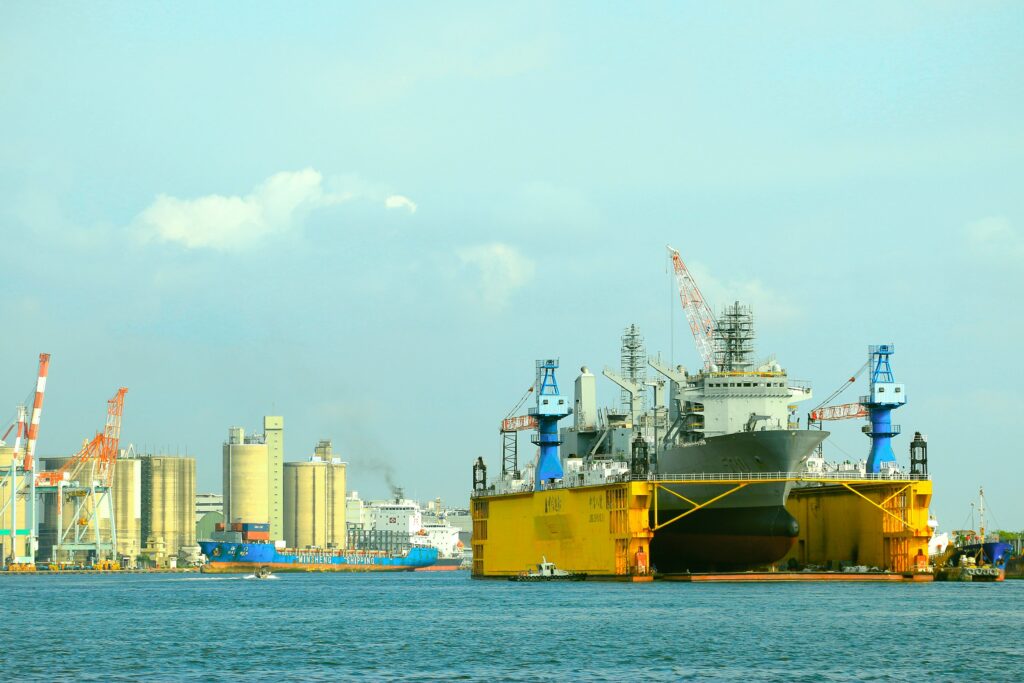
New Mexico enforces regulations to achieve 98% gas capture, reducing flaring and venting.
EDF: A comprehensive assessment of methane emissions in the Permian basin
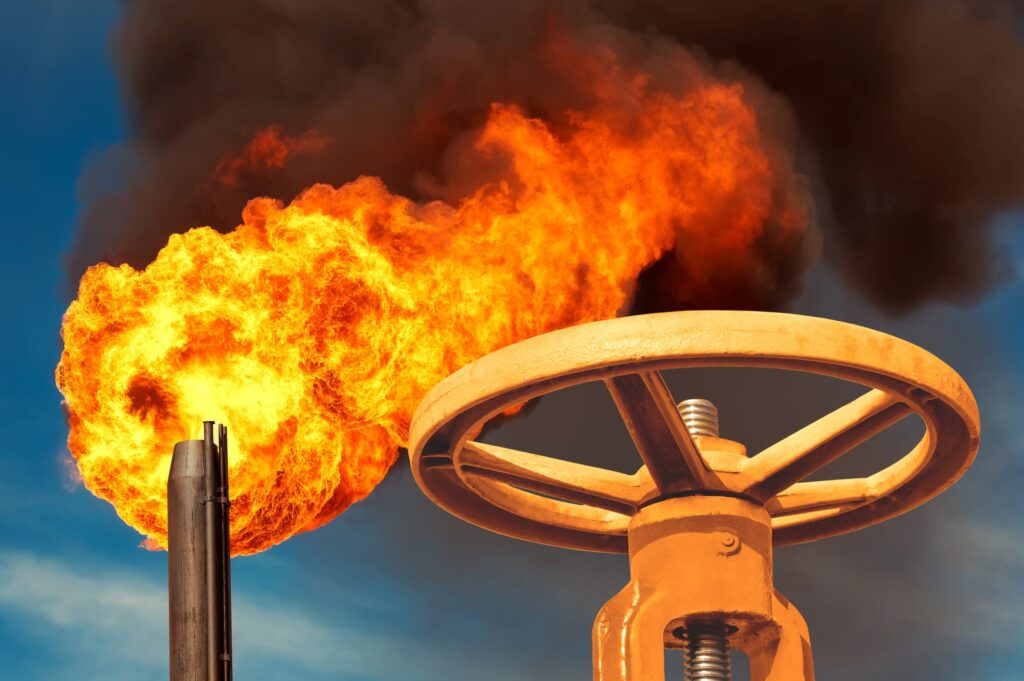
EDF’s PermianMAP project offers transparent methane emissions data for the Permian Basin.
Chevron: Managing methane in shale and tight assets in the United States
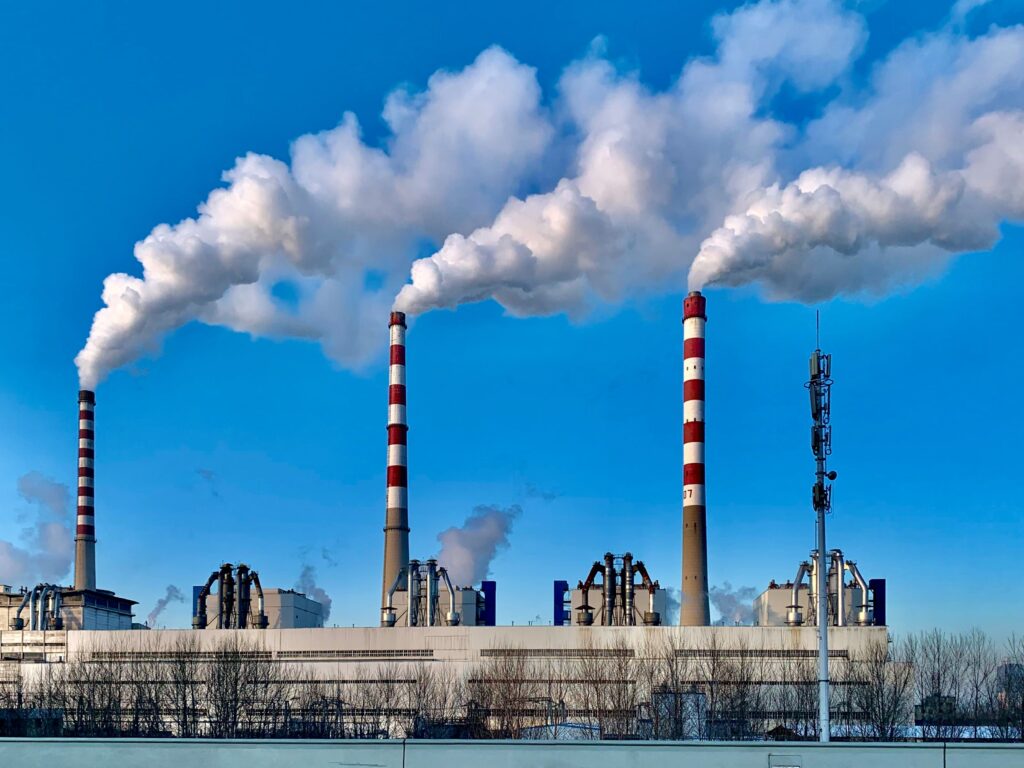
Chevron’s methane management in U.S. shale and tight assets.
The broader value of emissions detection and quantification
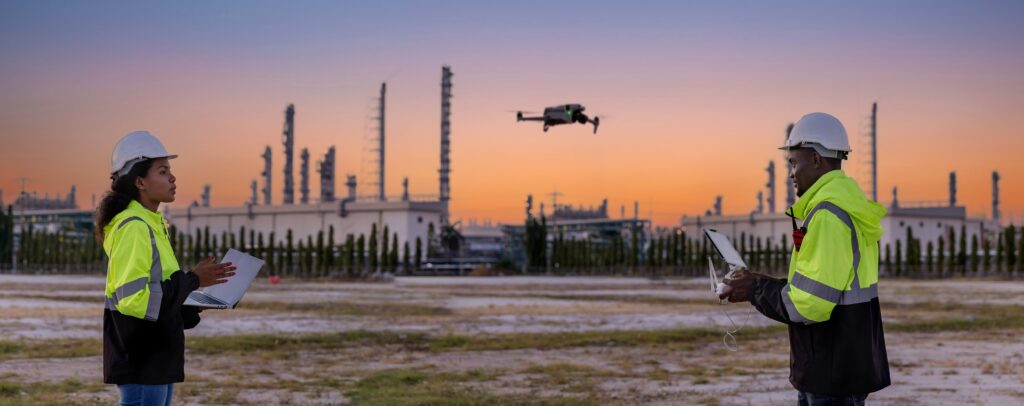
The Broader Value of Emissions Detection and Quantification, authored by Daniel Zimmerle of Colorado State University’s Methane Emissions Technology Evaluation Center (METEC), provides his perspective on the multifaceted benefits of Leak Detection and Quantification (LDAQ) systems beyond mere regulatory compliance.
Alignment and gaps between Veritas and US EPA GHGRP subpart W amendments

This whitepaper, published in December 2024, examines the alignments and gaps between Veritas site-level protocols and the U.S. EPA’s Greenhouse Gas Reporting Program (GHGRP) Subpart W amendments effective January 2025. By comparing the two programs, it aims to streamline emissions reporting workflows in the oil and gas industry.
